The Seiken Densetsu / Final Fantasy Adventure stream is long over – you can see them here if you missed them:
But there’s one last thing I wanted to share concerning SD1: info about some unused game design ideas and items!
Scrapped Ideas
The back of one of the official Japanese Seiken Densetsu guides includes a section about ideas for the game that didn’t make it into the final version of the game for one reason or another. I’ll just summarize the different things here instead of doing a full translation:
- Moogle Village
The conspicuous bridge inside the forbidden mine had more planned for it originally: below the bridge, there was supposed to be a village of Moogles. After obtaining the Mithril ore, Watts was going to try to claim it all for himself. He was to tussle with the main character on the bridge, and then they’d both fall. Both would wake up in the village… as captives!
The Moogles would explain how the boss of the cave (the Ankheg) is causing them trouble. The Moogles would offer both men their freedom if they beat the boss.
It’s also explained that an item called the Moogle Flute was implemented but never used. It was intended to warp you to the entrance when inside a dungeon. Before I knew any of this, I did discover that there was an unused Moogle Flute item in the game, but whenever I used it, it didn’t seem to do anything. I guess I should’ve tried it in a dungeon!
- Flying Chocobot
At one point, Bon Voyage/Dr. Bowow gives a chocobo robot legs. Originally, this chocobo was also going to eventually be given the ability to fly through the sky. The final game’s story didn’t require this anymore, so the idea was dropped (from the phrasing, I feel like the ability to fly might still exist somewhere in the code though).
Also, there were originally ideas to show the main character riding on the chocobo, as well as the ability to attack while riding a chocobo.
- Summon Magic
Since this game is a Final Fantasy spinoff, it only makes sense that there were plans to have monster summoning in the game. At one point, the plan was that you could summon monsters when a gauge filled up. For example, using a fire spell with a maxed gauge would summon Salamander to come burn all the enemies on the screen to a crisp.
- Amanda’s Death
There were originally two ideas for what would happen after the Medusa boss battle. (Note: Recall that Amanda gets bitten by the Medusa at the end of the battle.)
The first idea was that Amanda would fully transform into a Medusa, and the player would have to battle her. Only after defeating her, would you get the “Amanda’s Blood” story item.
The second idea was what happens in the final game: you’re forced to attack Amanda before she fully transforms into a Medusa.
The second idea was chosen in the end because there was a lot more emotional weight/pain to have to kill your former friend with your own two hands. The guide goes on to explain that having to kill Amanda while she’s just lying there, pleading for you to kill her definitely has more weight to it.
- Warren the NPC
The other guy who’s imprisoned with Amanda at the beginning of the game was called Warren. He was originally supposed to join you as a support NPC when you revisit the castle later in the game. The idea was that during the battle with the Shadow Knight, you’d be dropped into the fighting arena via a trap door/pitfall. Then Warren would suddenly show up to help you out, and then later join you.
Developer Quotes
Another section in the back includes short quotes from everyone on the development team. Again, I’ll just summarize the good stuff.
- Kouichi Ishii (Story & Game Design)
He was one of the designers behind the original Final Fantasy and even designed the series’ iconic side-view battle system instead of the usual first-person kind. Apparently he’s the one who came up with the series’ Moogle and Chocobo designs.
Ishii mentions that he’d wanted to do a game about a Mana Tree with a story that focuses on two main characters: a boy and a girl. He finally got his chance with this game.
- Satoru Yoshieda (Programming)
This game actually started out as an experimental tennis game. At some point, the court turned into scrollable screens, the racket turned into the playable character, the ball turned into a weapon, the opponent’s racket turned into enemies, and the “court” became referred to as the “map”… And before I realized it, the game had a story added to it and was released as “Seiken Densetsu”. It was a curious experience.
- Kenji Itou (Music)
He says he recently replayed the game and the ending got him all choked up. He hopes everyone else gets choked up too, and to yell “give me the Seiken Densetsu CD!” at your local music store.
- Kazuko Shibuya (Graphics)
(She’s super important in Square history yet only recently got an English Wikipedia article, check it out here!)
She says she’d been doing Final Fantasy graphics all the time before, so this was something new. Plus this was her very first Game Boy project. At first, she thought black-and-white stuff looked boring and felt envious of coworkers working on colorful Famicom and Super Famicom games. She wishes she could’ve done color graphics for Seiken Densetsu.
- Yoshinori Kitase (Script)
He says the main story ideas were all handled by Ishii, but he had fun with tiny little things in his own way. For example, he says loves the movie Star Wars and is a big fan of the idol Chisato Moritaka, so *maybe* there are nods to both somewhere in the game…?
- Gorou Oohashi (Map, Misc Stuff)
He doesn’t say much, just mostly thanks you for buying the game. He says the game is rough around the edges, but has that unique quality found only in a completely new IP/series.
- Masaaki Saitou (Programming)
He mentions that this is his debut project and was for various reasons a “difficult birth”. He’s glad to finally have the game released and out there for everyone to play. But he jokingly asks that if you find any weird bugs or glitches, don’t tell anyone, no matter what. (Note: I do have to say that the programming is a huge, ugly mess in this game, I nearly gave up about 10 times when making my Wanderbar script – I kept saying “screw it I’ll just play both games side by side simultaneously somehow” but that would’ve sucked)
Unused Items
During my Wanderbar script development, I did notice a bunch of unused text, mostly items. Here’s a quick summary of the more interesting unused items:
- Dwarf Lamp
- Earth Drum
- Moogle Flute
- Fire Ring
- Moon Crystal
- Star Sapphire
- Blue Ball
- Red Ball
- Torch
Also, the titular seiken (“holy sword”) was originally the Moon Blade, not the Excalibur!
There’s surely a LOT of unused stuff that can be dug up in the game’s ROM, but most of these unused names + unused text is only in the Japanese ROM – the English ROM usually just has garbage text or no text. So if anyone wants to dig deeper into the game’s unused content search, be sure to look through the Japanese game!


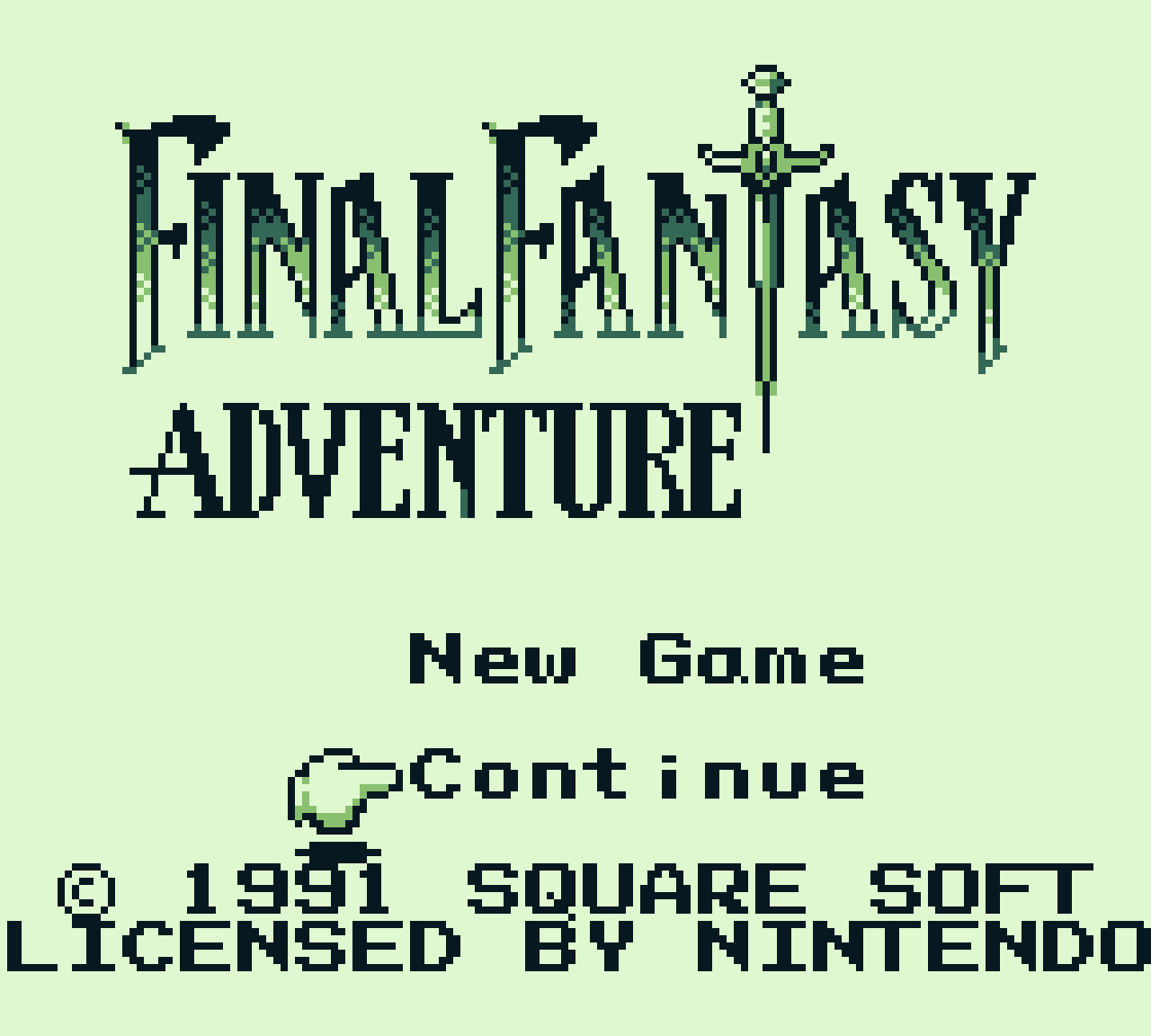

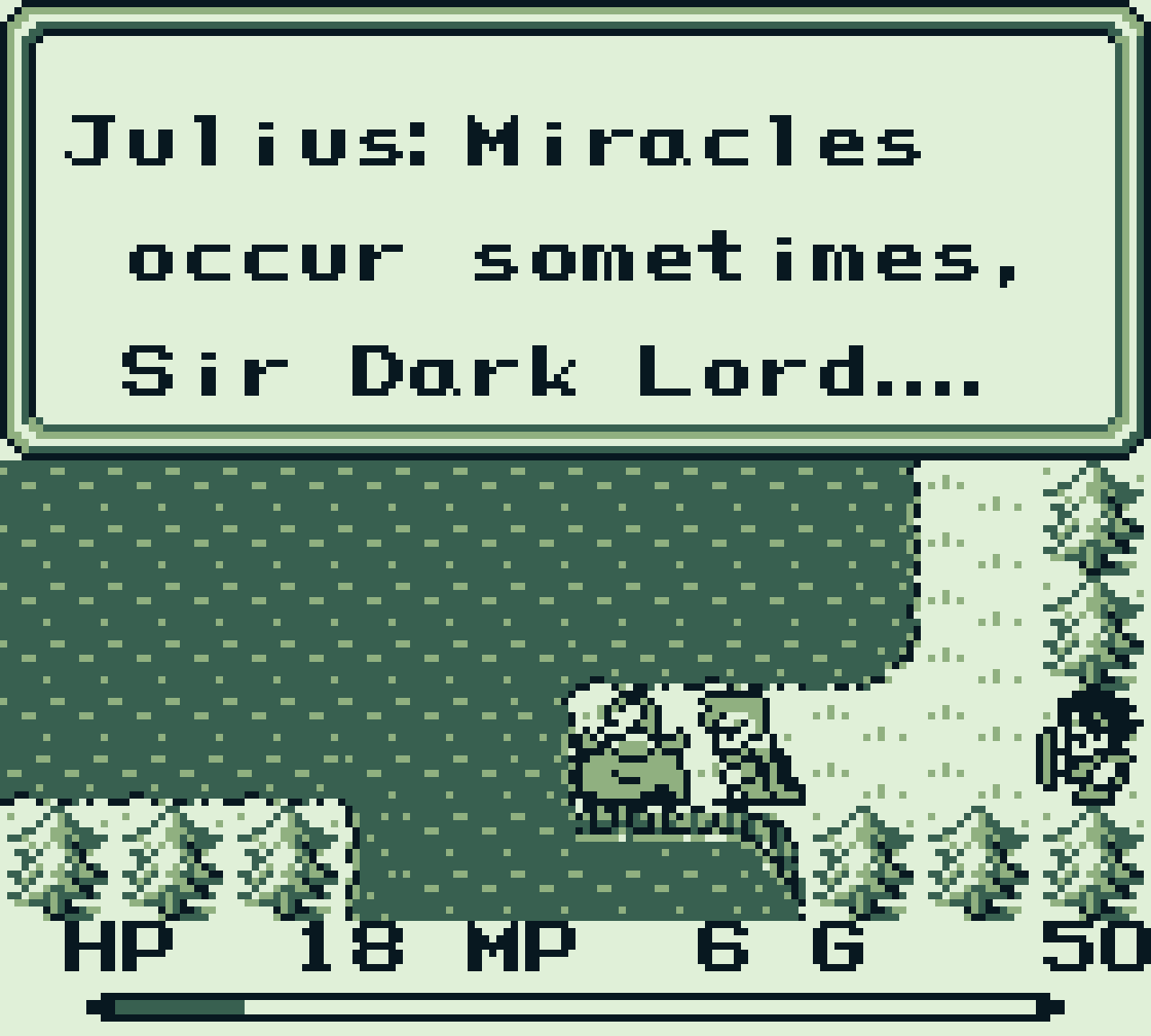
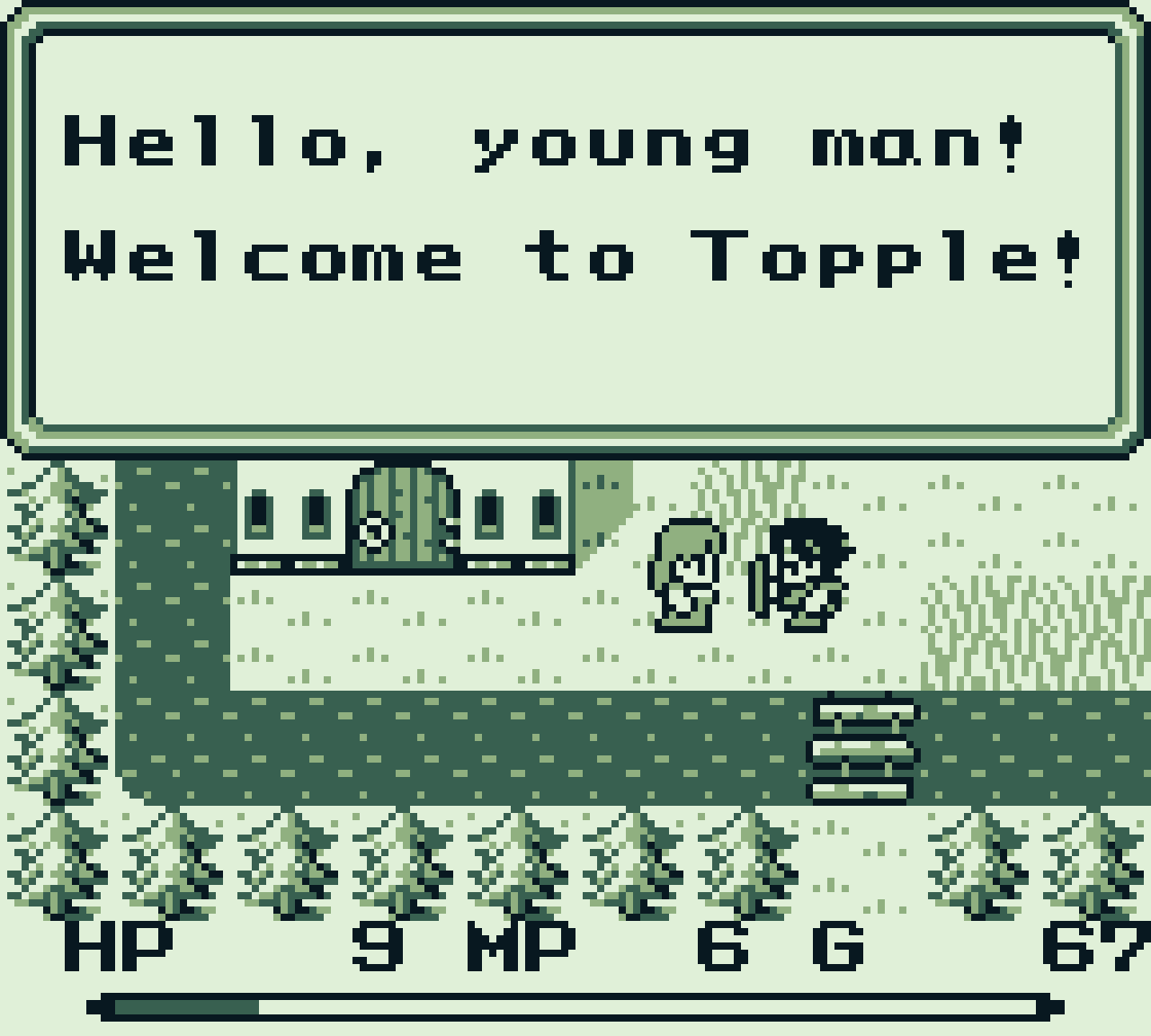
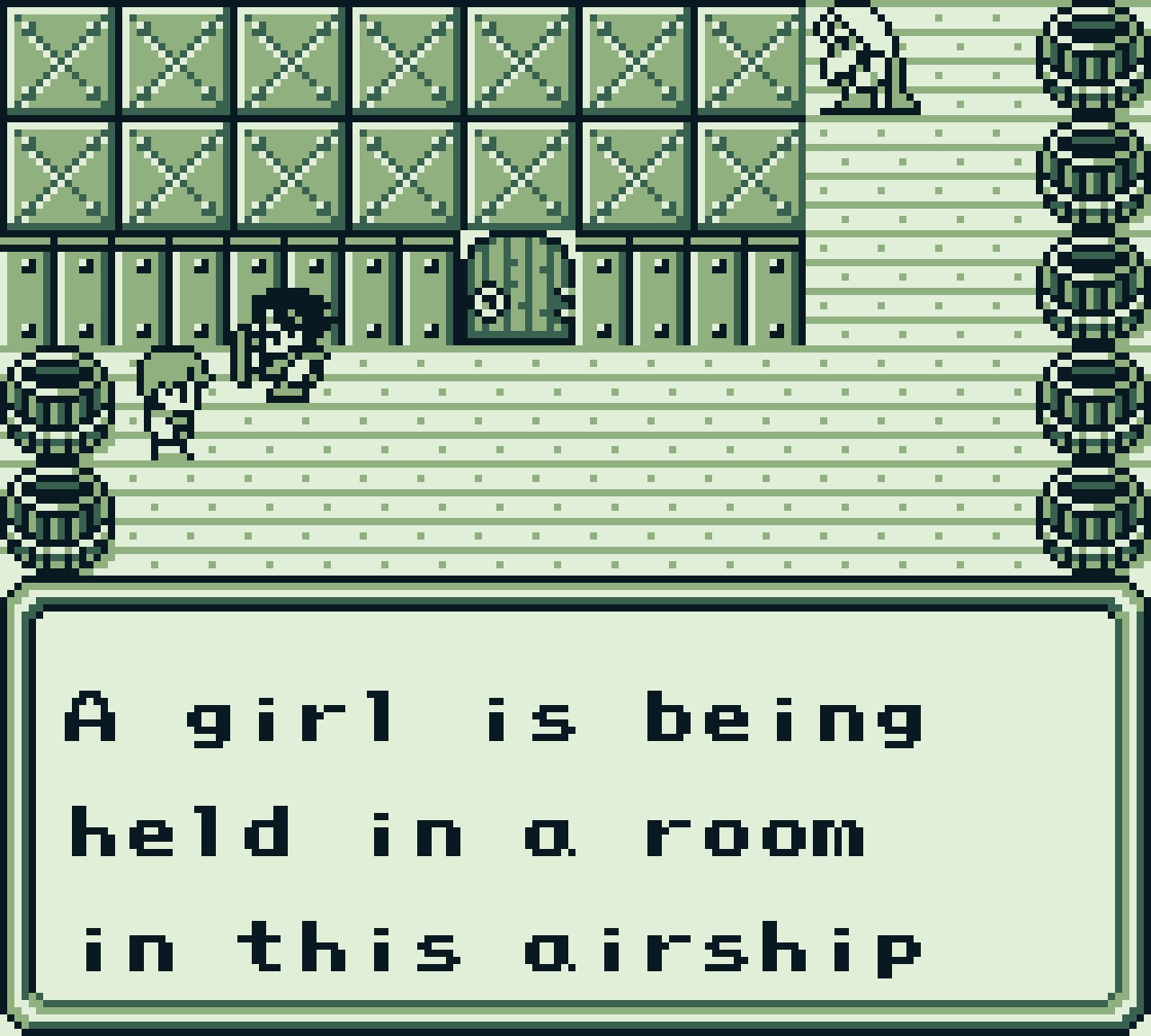
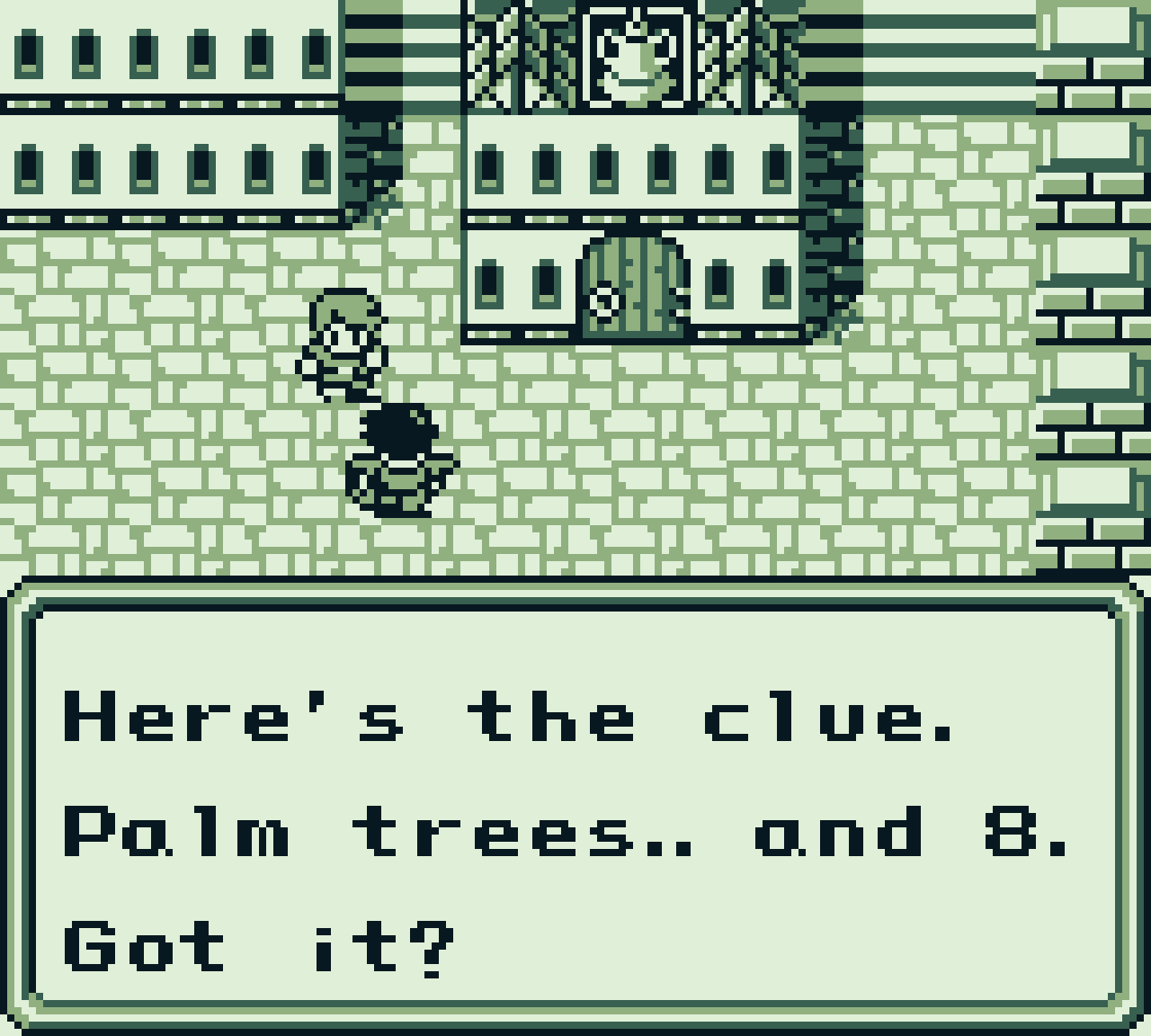
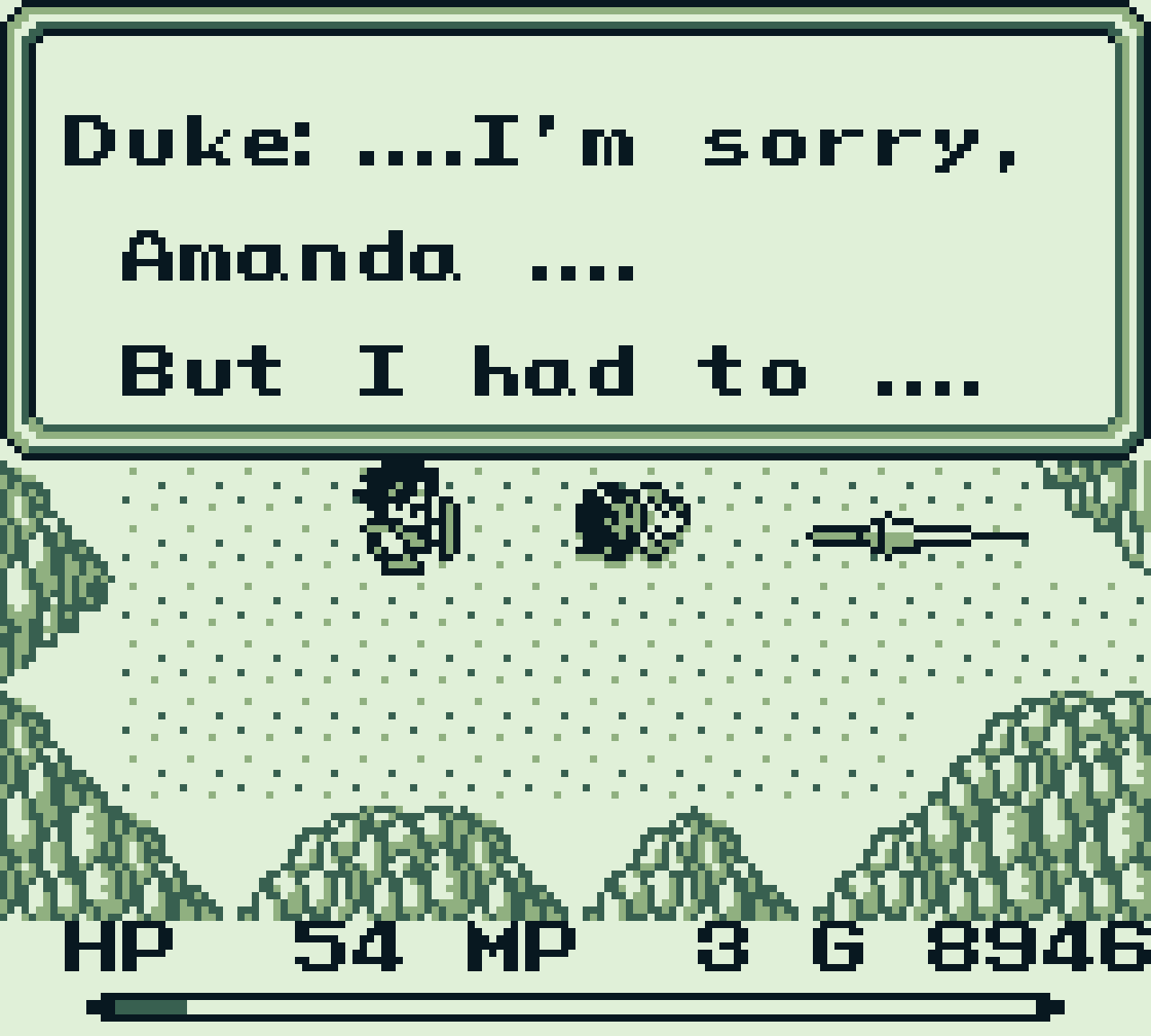
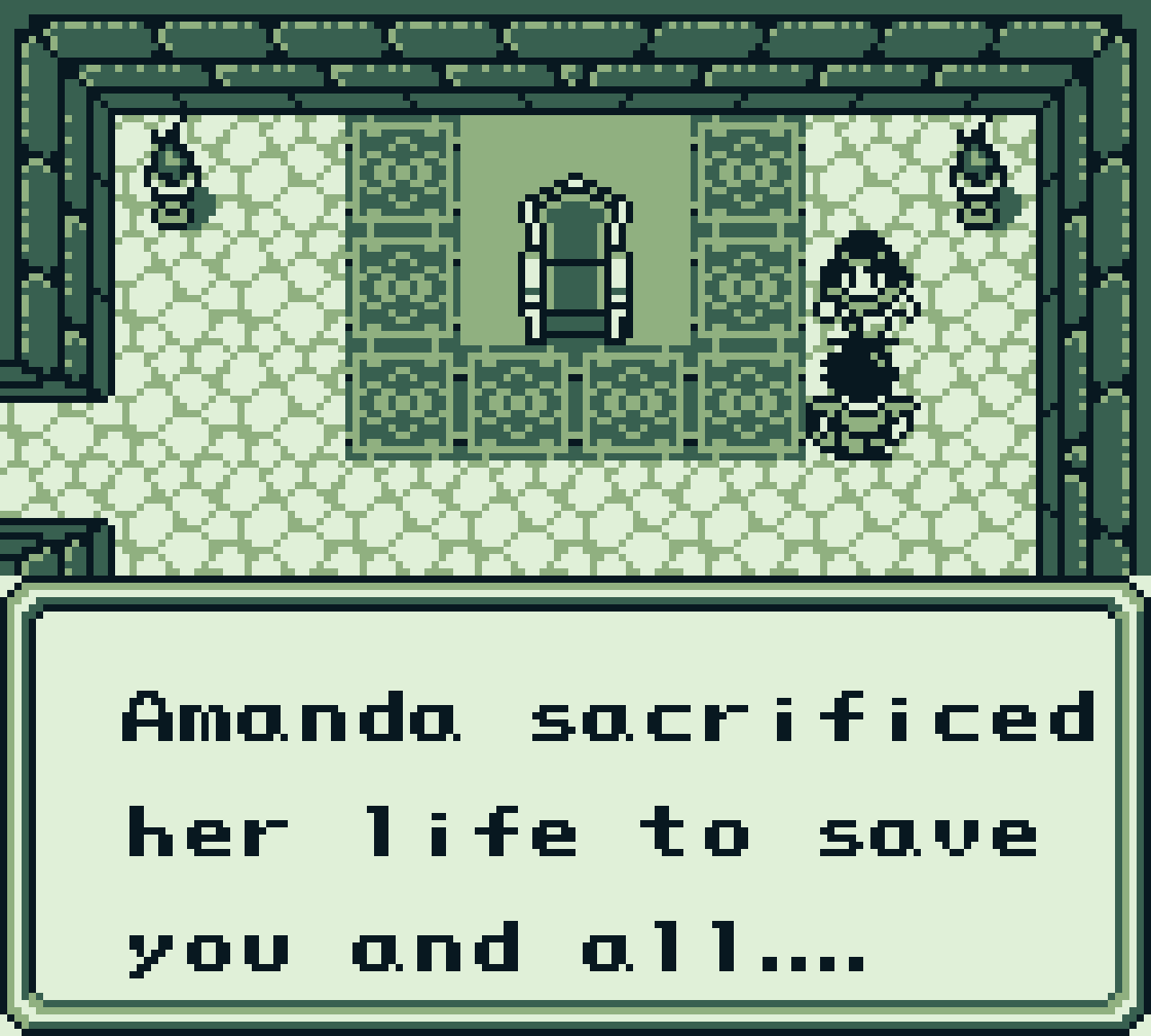
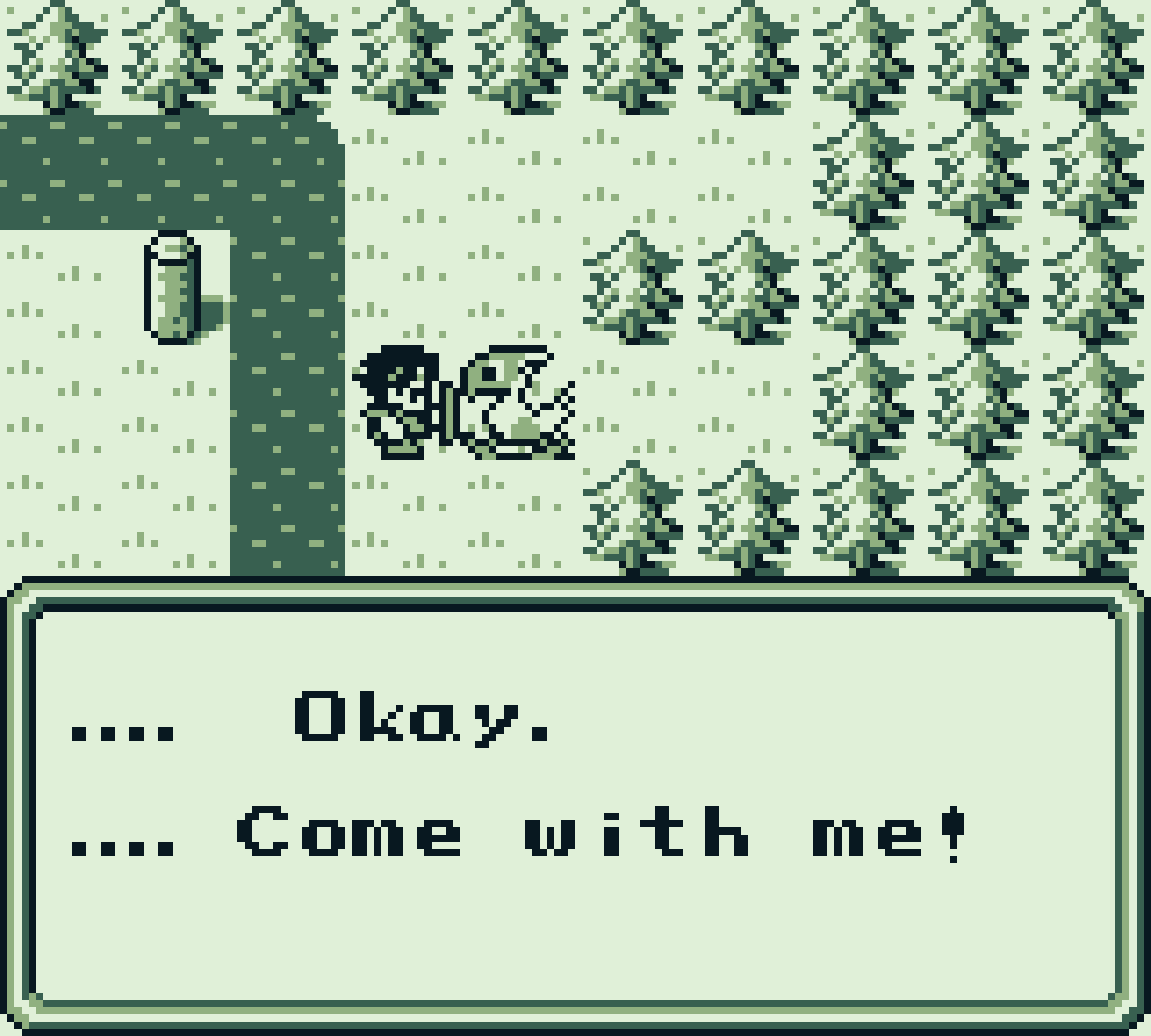

![press start to translate [Final Fantasy IV] press start to translate [Final Fantasy IV]](https://legendsoflocalization.com/wp-content/uploads/2019/08/bbenma.png)
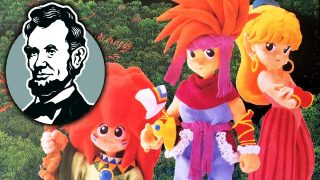
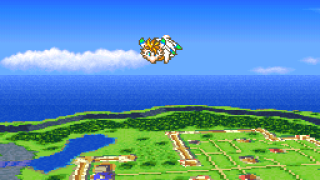
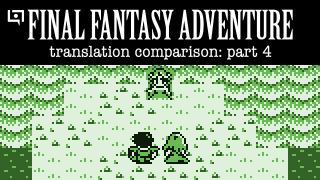
Your article reminded me of the TCRF page that covered the same topic of unused items, and there’s quite a lot that got nixed:
https://tcrf.net/Final_Fantasy_Adventure#Unused_Items
It’s also fascinating that the Mana and SaGa series have had some considerable influence on each other over the years.
Funny enough, Sword of Mana would bring that Summon Magic idea back…using it on the other hand, is so inane and stupid it’s not worth it. First you need to recruit all the spirits of that element. Then be in a certain mage class and yes there is no hints on which can use what element for the summon magic. (Went with a class that isn’t a mage class? Too bad you can’t use Summon magic…which shown in the PV multiple times)
Although this isn’t as bad as what Magical Vacation locks behind it’s link cables with it’s spirits which…ooh boy.